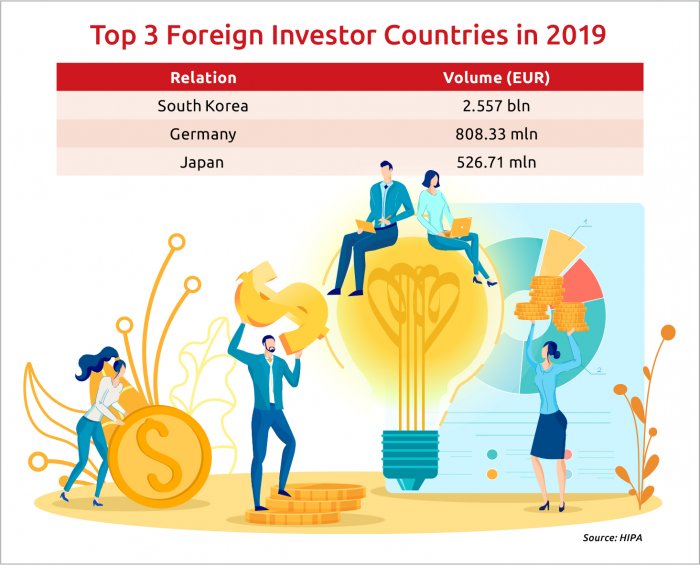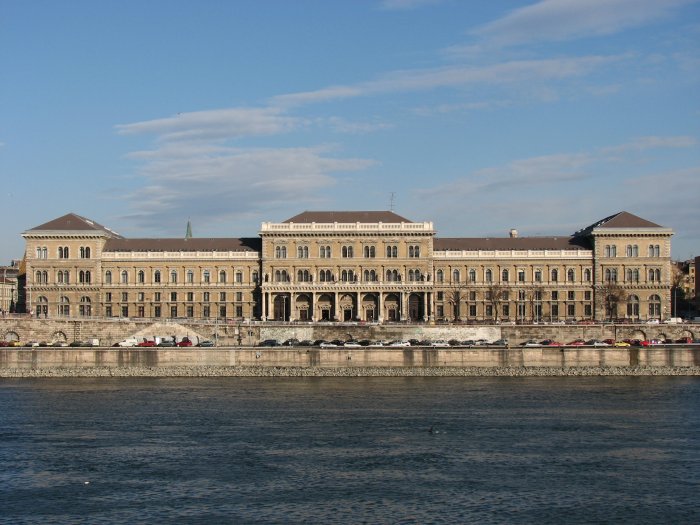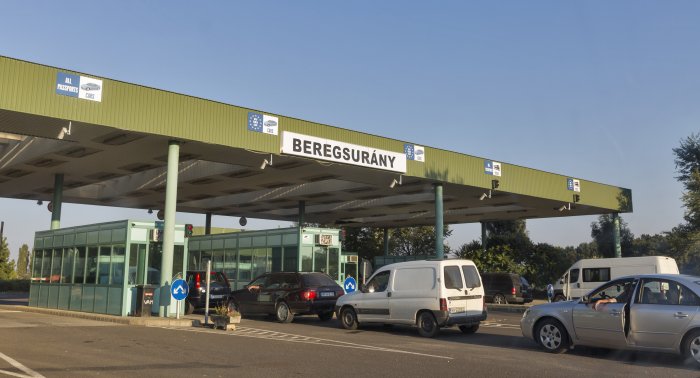HIPA: Spreading the Investment Success

Even as it completed yet another record breaking year, the Hungarian Investment Promotion Agency enters a new decade working to diversify the number of key investing nations, the sectors in which investments are made, and their geographical spread across the country, against a backdrop of falling global investment, HIPA’s CEO tell the Budapest Business Journal.
2019 was a successful year for HIPA by almost any measure. “We have been able to conclude a record high of 101 projects worth EUR 5.35 bln; that’s up 24% compared to last year. These will result in the creation of nearly 13,500 jobs: Hungary continues to be a very attractive investment destination,” Róbert Ésik tells the BBJ in an exclusive interview.
Those investments projects came from 21 different countries, and covered 20 different sectors. The top eight countries are responsible for about 80% of the volume, and thus HIPA focuses on those in particular.
The impressive numbers have led to international recognition. Back in May 2019, the U.S.-based Site Selection magazine put Hungary in the top 10 worldwide as an investment destination. In September 2019, the IBM Global Location Trends report ranked Hungary 16th in the world in terms of job creation via foreign direct investment projects.
“I think that is a very good result from a county which ranks number 92 in terms of population. Moreover, based on the value add of the projects and the jobs that have been created, we have been ranked number 11 in the world,” Ésik comments.
“Looking ahead for 2020, I think we can say Hungary continues to be very interesting for foreign investors, because right now we have 137 investment projects that we are in discussions about with investors, representing more than EUR 8.5 bln of investment and more than 25,000 new jobs, so the momentum is still there.”
Although the traditionally strong investor countries of Germany and the United States continued to be active in 2019, the year saw a “significant increase” in investment from Asian states, Ésik says in identifying one of the key trends from last year.
“Specifically, South Korea was ranked as number one, giving close to 50% of all capital expenditure. Combined with Japanese and Chinese ones, we can say that the countries of the “Eastern Opening” [Hungary’s very deliberate foreign policy pivot towards the East, launched in 2010] represent 38% of new jobs in relation to FDI.”

E-mobility Trend
The second key trend is the number of investments linked to e-mobility. “Given the fact that we are a country that has a relatively high exposure to the automotive industry, meaning this a sector that gives 20% of all manufactured exports, I think this is an important achievement.”
The battery sector alone is represented by eight companies with an investment value of more than EUR 2.8 bln, but there have also been “numerous” investments targeting the electrical powertrain, such as Audi’s e-transformation project in Győr, Schaeffler’s greenfield investment in Szombathely, and Infineon’s investment in Cegléd, the CEO notes These are important because it goes some way toward futureproofing the industry.
“If we were to calculate together all the e-mobility projects, then these would give 60% of the investment value and 40% of the jobs,” Ésik says.
The third key trend from 2019 is the continued focus on high value add service projects.
“We have been very successful last year in the business services center sector, where 14 investments were managed by HIPA, creating close to 2,500 jobs; this is the highest number we have had so far in business services.”
Budapest and its agglomeration continues to be a major draw for investors, but those 101 projects have been spread around the country.
“We have managed to bring at least one investment project to every single county,” Ésik notes. “In addition to Budapest and Pest County, the most successful county was Komárom-Esztergom, which gave one-third of investment volume and one-quarter of all jobs from last year’s projects.”

More of the Same
Given the successes of recent years, HIPA’s priorities for 2020 are largely a continuation of those from 2019, notably a focus on the quality of jobs rather than quantity and spreading the investment wealth around the country, especially to the provincial university cities. The agency also has to keep an eye on geo-political trends in order to be in the best position to respond to them.
“Of course, international trends are important, and in order to counterbalance any decrease in FDI flows – internationally speaking, FDI volumes have been decreasing in the last few years – we have to make sure that we remain diversified as much as possible,” Ésik says.
“This, for us, means that we remain open to the investments coming from the East; we now have, for example, a relatively high share of projects under discussion where the country of origin is China. So diversification in terms of geographies as far as country of origin is concerned, but diversification also within the country itself. This year we have a plan to continue to help those regions of Hungary that have been underrepresented.”
That includes offering workshops and training for SMEs, so they are in a better position to work for multinationals and rise up the value chain, and also an element of matchmaking between integrators and Hungarian businesses.
Policy advocacy will continue to be an important area, working with partners like the American and German chambers of commerce. “I believe it is part of our role as an economic development organization to try and come up with ideas on how to further improve the business environment and thus contribute to the fact that we are able to maintain the country’s competitiveness and attractiveness.”
There is one last thing to reflect on from 2019, and that is the organizational change HIPA went through. Perhaps the only obvious clue to that is the change in Ésik’s title from president to CEO.
“It has absolutely no impact on our services and the way we deal with our clients and stakeholders. I have always said that HIPA is ultimately a management consulting company focused on the area of investments and on delivering information and advice to its clients. I think our legal transformation is just one additional step: now we really are a firm, and not a governmental body. That is our only change. We haven’t changed our logo, our corporate design, our way of working; we have just changed our legal status.”
The new legal form has much to build upon: In the six years since HIPA was formed, it has now managed 493 projects (the landmark 500th project will surely come early this year), worth a cumulative EUR 19.5 bln.
SUPPORT THE BUDAPEST BUSINESS JOURNAL
Producing journalism that is worthy of the name is a costly business. For 27 years, the publishers, editors and reporters of the Budapest Business Journal have striven to bring you business news that works, information that you can trust, that is factual, accurate and presented without fear or favor.
Newspaper organizations across the globe have struggled to find a business model that allows them to continue to excel, without compromising their ability to perform. Most recently, some have experimented with the idea of involving their most important stakeholders, their readers.
We would like to offer that same opportunity to our readers. We would like to invite you to help us deliver the quality business journalism you require. Hit our Support the BBJ button and you can choose the how much and how often you send us your contributions.







